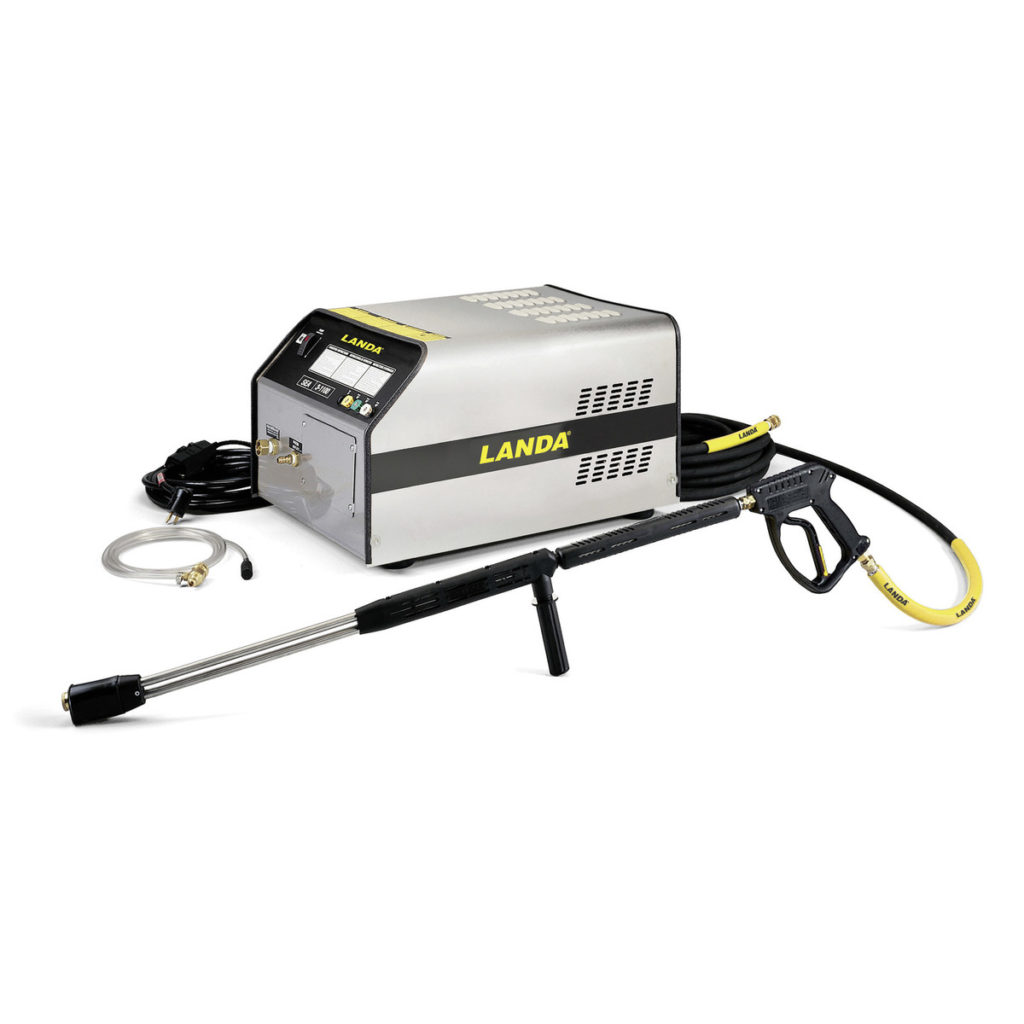

Nuclear-powered submarines, such as the Virginia -class fast-attack submarine, each cost roughly US $2.8 billion, according to the U.S.

A submarine that goes into service today should still be in service in 2082. This timing is particularly significant because the enormous costs required to design and build a submarine are meant to be spread out over at least 60 years.

It may comeĪs early as 2050, according to a recent study by the National Security College of the Australian National University, in Canberra. In a 2015 study for the Center for Strategic and Budgetary Assessment,īryan Clark, a naval specialist now at the Hudson Institute, noted that the ability of these boats to remain submerged for long periods of time made them “ nearly impossible to find with radar and active sonar.” But even these stealthy submarines produce subtle, very-low-frequency noises that can be picked up from far away by networks of acoustic hydrophone arrays mounted to the seafloor.Īnd now the game of submarine hide-and-seek may be approaching the point at which submarines can no longer elude detection and simply disappear. The balance seemed to turn with the emergence of nuclear-powered submarines in the early 1960s. But they have worked just as hard at advancing a wide array of radar, sonar, and other technologies designed to detect, target, and eliminate enemy submarines. For nearly a century, naval engineers have striven to develop ever-faster, ever-quieter submarines. Any new technology that might render the oceans effectively transparent, making it trivial to spot lurking submarines, could thus undermine the peace of the world. The assurance that submarines would likely survive the first missile strike in a nuclear war and thus be able to respond by launching missiles in a second strike is key to the strategy of deterrence known as mutually assured destruction. Submarines are valued primarily for their ability to hide.


 0 kommentar(er)
0 kommentar(er)
